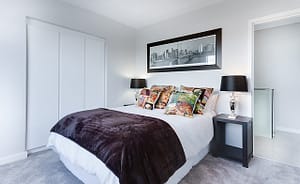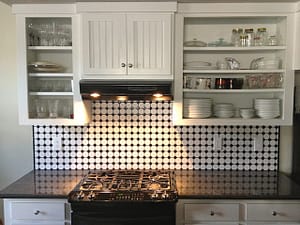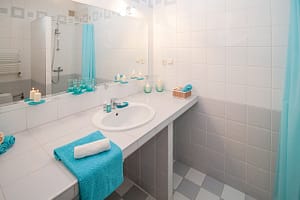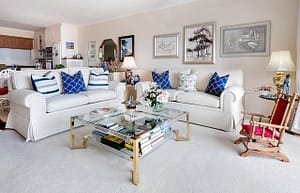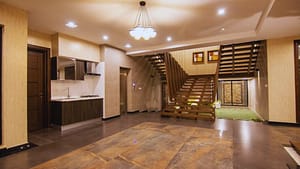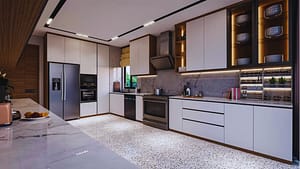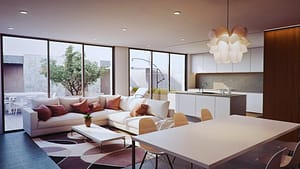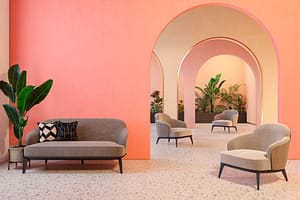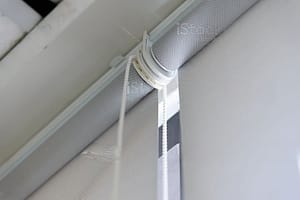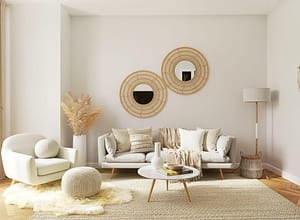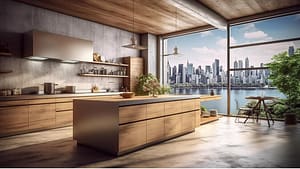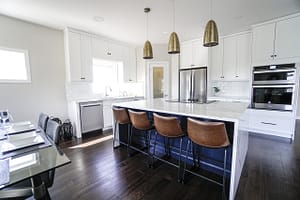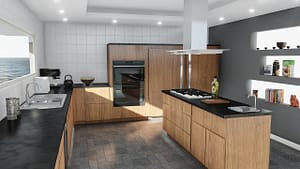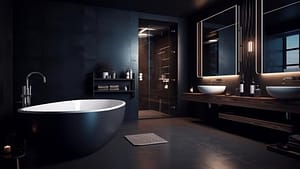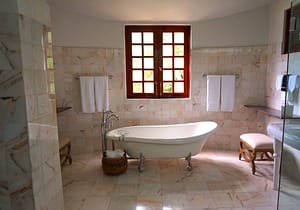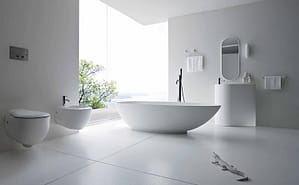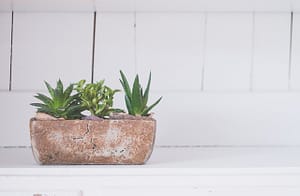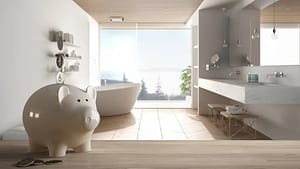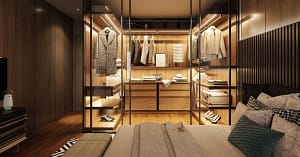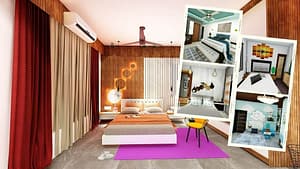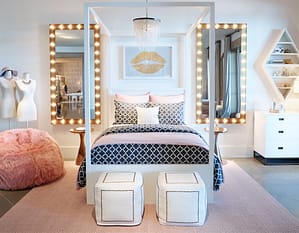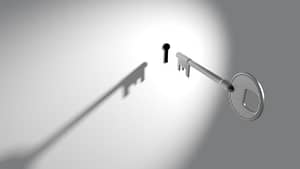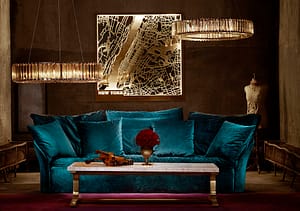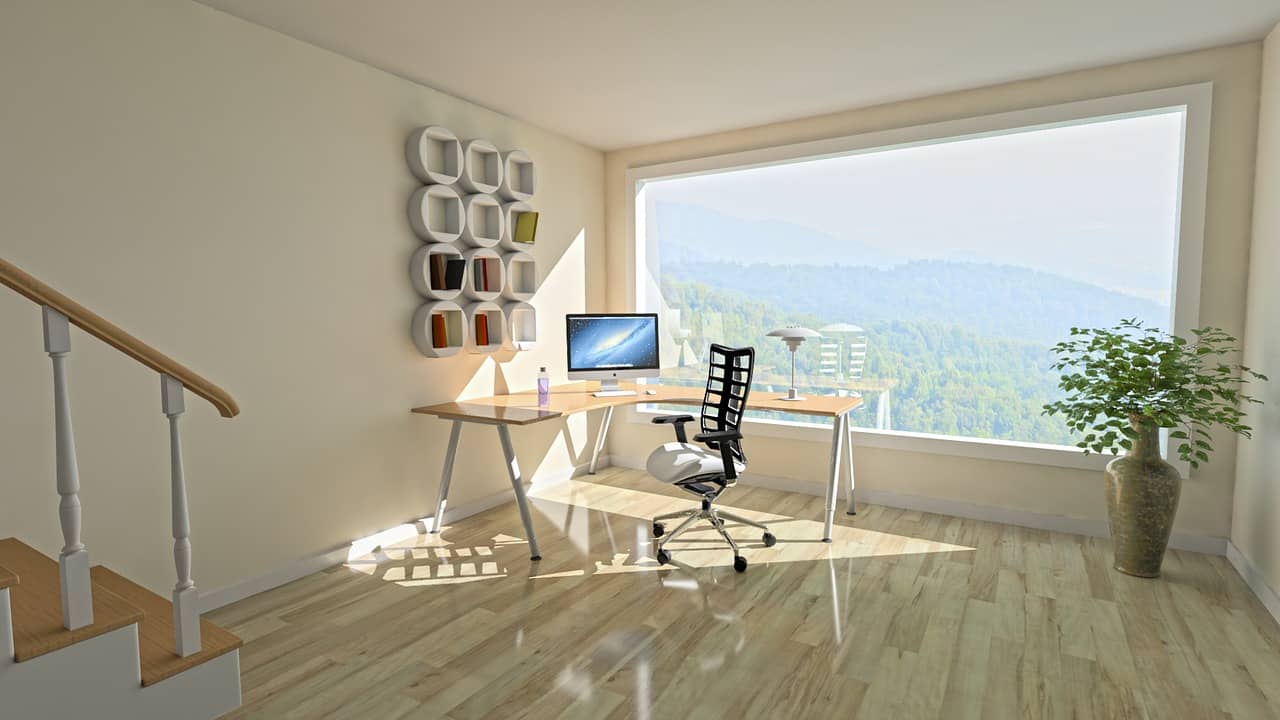
More people are working from home than ever before, with an estimated 54 percent of the global population working remotely at least a few days of the week. The most common industries that provide opportunities to work from home include the financial sector, professional business services, the information sector, and some manufacturing.
And while working from home is great for many reasons — it puts fewer cars and emissions on the road; brings down commute times, and presents more opportunities to spend with families, there is a snag to it: some people have trouble getting motivated, and switching off thereafter.
If you are someone with the advantage of being able to work from home, it is important to create the ideal workspace to do it in. A successful workspace at home is a victory over psychology and can be just as powerful as an office refurbishment in some respects. It will not only help you to work harder and be more focuses; it will help you to have an evening once the workload is done.
Read on for tips on how to create the ideal workspace.
Make it a Unique Space
If you are fortunate to have a spare bedroom in the house or a room that hardly anyone uses, then you are already off to a great start. A lot of other articles to do with creating ideal working from home conditions might recommend going over the top with the decorations and furnishings to make the ideal workspace, but having the room itself is by far the most important step.
By having a designated room, just the act of entering into it can become a priming factor, helping and telling your brain that it is time to get started.
Have a ritual
“Getting started is half the battle” as the old saying goes. If you do not have a spare room to utilize for a unique space, then you will have to get a little more creative. Your unique space could be a chair at the dining room table that you never usually sit at, for example.
In order to get the motivation to enter an I’m working now attitude, it is important too, again, implement priming factors to get you motivated. Making a cup of tea and setting it down where you plan to work, and then putting on some concentration music, are all examples of ritualistic-like exercises that can get you in the mood to set about working.
Harness the creative power of plants
Psychological studies have shown that the presence of a house plant can influence creative output. This was based on a series of studies that featured a control group working at a desk with no house plants in view.
The same positive effects can happen by just looking out the window at a tree, or over a park. Even the color green on its own has a correlation with more creative output. No one is entirely sure why the presence of house plants boosts creative output in this way, but one theory suggests that it might have something to do with a subconscious call to nature that helps us feel more at home; relaxed, and therefore more creative.
Maximize “white space”
At the risk of turning into a design principles article, we would suggest keeping the desk as free of clutter as possible. Yes, Einstein implied that a cluttered desk is the mark of a genius, but clutter can also generate a closed feeling that can stymie productivity. Worse, having too many things can be distracting.
If you have a lot of computer wires, try moving them out of sight or covering them up. Hardware such as scanners and printers can be relocated into another room, leaving plenty of space on the desk and, from a psychological perspective, in your head too.
Create your own “break out” zone
Anyone familiar with creativity-orientated businesses will know that break out rooms are the places to be for idea fruition. They are designed to look completely different from the rest of the office, and it is this change of scenery that is supposed to help with new creative ideas.
However, it is unlikely you will have two spare rooms to utilize, even if you already have one. Luckily, you don’t need another room, just a “comfort space”. This could be something as simple as a bean bag and a coffee table. Just a place where you can relax, feel away from the formalities and less tense, and the ideas will come. A break out “zone” could even be something as simple as painting a feature wall in the workroom a different color, so that you can sit facing that color as you relax.
Keep track of your goals with a noticeboard
Another really simple, affordable, and effective way to help focus the mind and achieve your targets for the day is to keep a notice board above your workstation. Remember to set realistic goals and break your day down into manageable chunks, and to set breaks and rewards for achieving those goals.
